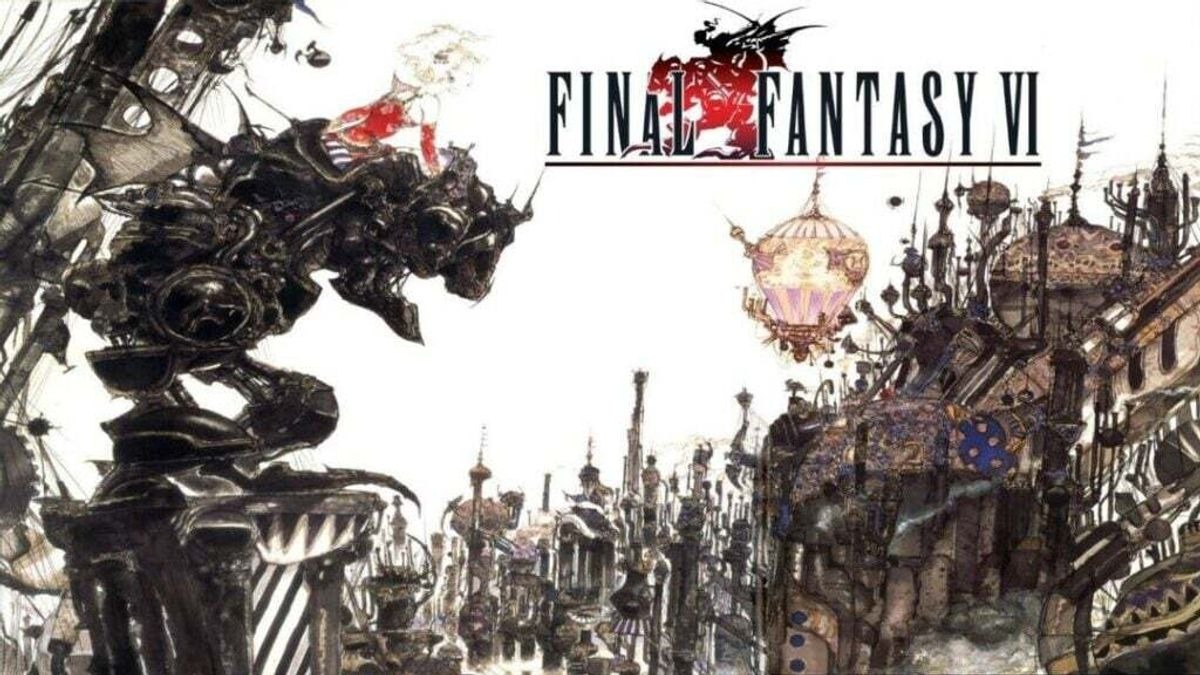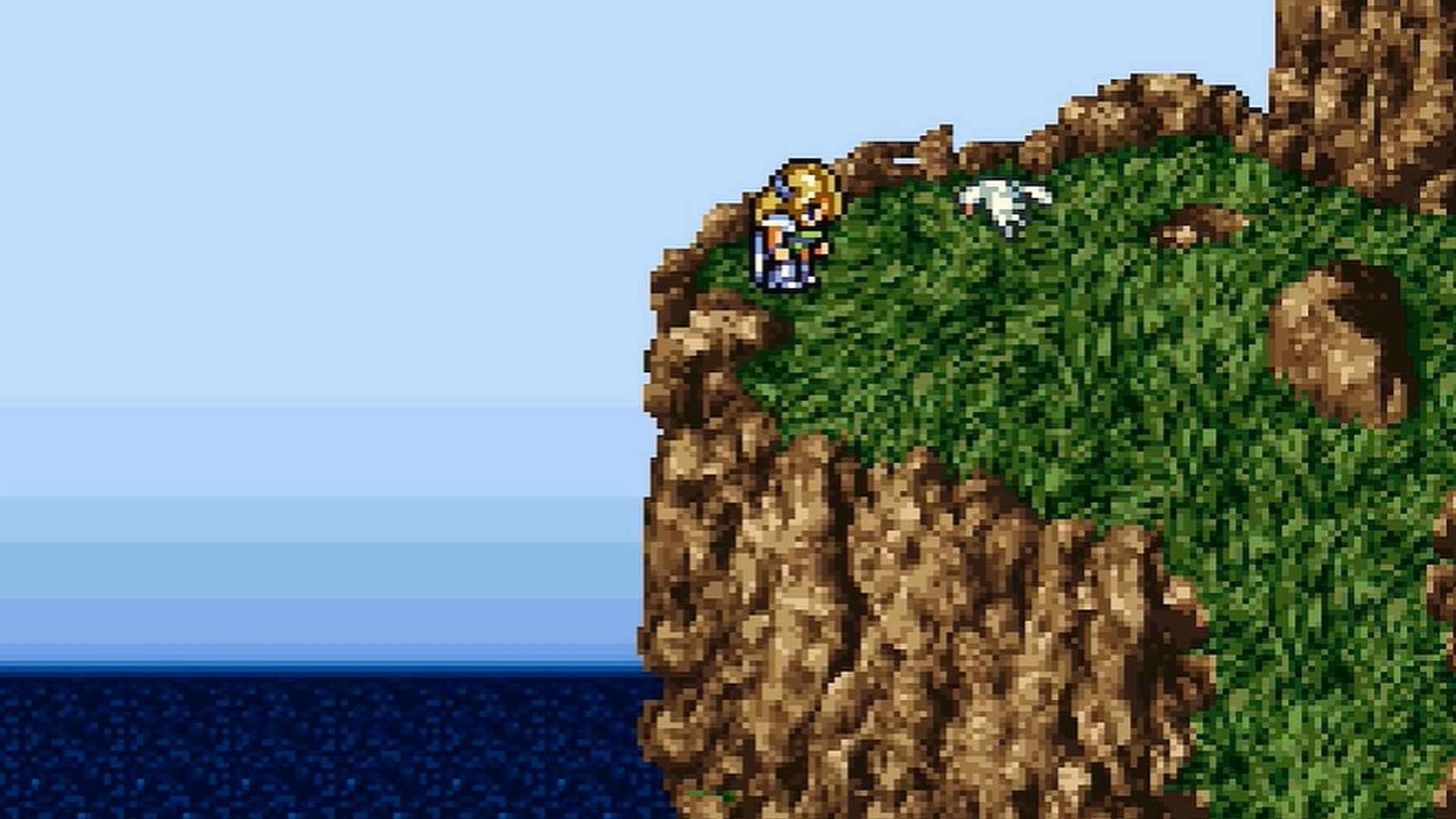Rather than being the beginning of a new phase, Final Fantasy VI represented the close of a generation, as it was the last mainline entry developed for the SNES and solely for a Nintendo console. This game seemed like the natural conclusion of what Final Fantasy had become during the 8- and 16-bit years.
Both Final Fantasy IV and V laid the necessary groundwork that allowed VI to confidently deepen its plot, character arcs, themes, and gameplay systems. Its pacing was excellent, its plot complex and layered, and its characters well fleshed out, with themes that ran deep.

The game also stood out due to its high level of customization, making every playthrough different. Although the game leaned heavily on the strengths of those who came before it, Final Fantasy VI brought its innovations and distinctions to the table.
The End Comes Beyond Chaos
Rather than being structured around a tight plot, the World of Ruin presents a more open and less guided experience than the World of Balance. Though there’s still a storyline to follow, it is largely told through optional missions and character-specific events instead of a linear progression.
Once you reach the point where you can begin rebuilding your party, the main objective remains fixed: defeat Kefka. From that point forward, the structure depends largely on the order in which you recruit allies and which stories you uncover.
Conversations tend to consist of broad dialogue that fits various party setups, although certain characters still have lines tied to key moments. Celes, Setzer, and Edgar stand out in the final scenes, likely because the game requires that they be recruited before the last section.
Not all characters get the same level of attention or development. The likes of Celes, Terra, Locke, and Setzer enjoy arcs that reach satisfying conclusions by the time their side quests are complete, even though they do not dominate screen time.
Others such as Shadow and Relm don’t get the same kind of closure, but the game allows players to learn more about their personalities and histories. Sabin and Edgar, on the other hand, don’t require major developments to be impactful.
They hold onto their strongest qualities during dark times, reinforcing the idea of strength through adversity and giving other party members encouragement. Instead of evolving, they represent pillars of resilience for the group.
Kefka’s Role In The Era of Ruin
Rather than having a commanding presence like before, Kefka becomes more distant in the era of Ruin. Even though his actions are felt across the map and NPCs openly speak about him in fear, his on-screen time drops sharply compared to earlier.
However, this absence does not weaken his position. The point now is no longer about his growth, but about how the protagonists rise after defeat. Kefka takes on more of a symbolic role, becoming a force rather than a person.

He is positioned as a god whose vision of chaos and meaninglessness becomes the order of the day. Everything under his rule bends to his twisted philosophy. He kills without reason and destroys to spread terror, and his belief that nothing matters defines the suffering people endure.
The strength of the main characters lies in how they collectively oppose this void of meaning. Their paths all point to the same truth—the belief that life is still valuable. Even when everything looks lost, something, no matter how small, can spark the will to go on.
Terra finds purpose in caring for others. Celes decides her life has meaning on its own. Locke and Cyan eventually release the burdens of loss and begin anew. The core lesson of Final Fantasy VI is that meaning is something you create for yourself.
Celes surviving her attempt to give up, Terra showing up for the final battle whether or not you seek her out, and Locke moving forward without his beloved all reinforce this idea. The game brings together individuals from different paths, united by their shared refusal to accept that life is without value.
Magic’s Farewell and the Return of Balance
Instead of ending in darkness, Final Fantasy VI concludes with hope as magic disappears and the world starts to heal. Flowers begin to blossom again, and color returns to a planet that had long felt lifeless. With the weight of despair lifting, people now feel they can truly live again.
As long as humanity clings to hope and continues to carve out personal meaning, even destruction cannot erase the will to move forward. Very few RPGs offer this kind of emotional impact while still giving players as much choice as FFVI does.
What made this game stand out, though, is that it was built on five earlier titles that were each monumental in their way. Square Enix ended a legendary period of RPG development by creating a title that stands as a tribute to everything great about the SNES era.
When it comes to gameplay, storytelling, themes, and visual presentation, Final Fantasy VI remains a brilliant example of how good design and meaningful content can come together.



